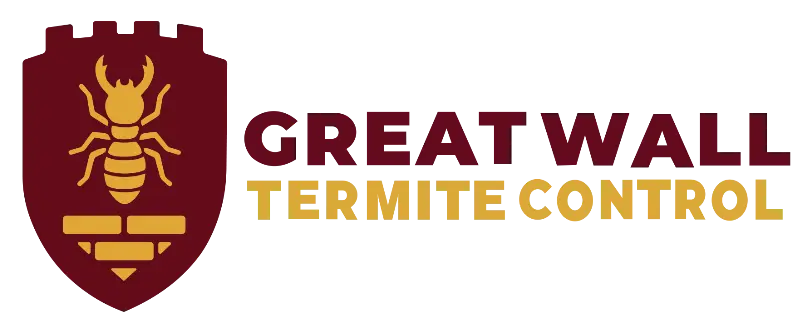Have questions about termites?
Frequently Asked Questions
Termite Control FAQs – San Jose, CA & Surrounding Areas
Termites are a serious threat to homes in San Jose and across the Bay Area. Whether you’ve spotted warning signs or just want peace of mind, our local termite experts have answers to the most common termite control questions. From identifying termite damage to understanding how fast termites multiply, this guide covers everything homeowners need to know. Ready for help? Contact our San Jose termite control team for a free inspection today.
Drywood vs. Subterranean – Know the Difference
Did you know different types of termites cause different types of damage? In this FAQ, we explain the key differences between drywood termites and subterranean termites, including how they invade, where they live, and which treatment works best. Understanding your enemy is the first step to protecting your home from costly termite damage. Browse the questions below—or call us for expert termite identification and treatment.
Answers to the Most Common Termite Questions
What do termites look like? How do I know if I have termites? Can termites come back after treatment? We hear these questions every day—and we’re here to answer them. This FAQ breaks down everything homeowners need to know about termites, from early warning signs to long-term prevention. Whether you’re seeing flying termites or strange wood damage, you’ll find quick, clear answers right here.
Q: 🐜 How much damage can termites do before you even notice them?
Q: Can a termite colony live inside your walls without making a sound?

Q: 🏠 Is tenting always necessary for termite treatment?
A: No, tenting isn’t always required. Tenting (fumigation) is typically used for drywood termites when the infestation is widespread or difficult to access. For localized infestations, spot treatments, orange oil, or heat methods may be effective alternatives. However, only a licensed termite inspector can determine the best treatment based on the extent and type of infestation.
(See our How to Prepare for Termite Fumigation page for more information)
Q: 🔢 How many termites are in a colony?
Q: 😴 Do termites ever sleep?
Termites never sleep. They eat constantly—day and night, 365 days a year. That’s why termite damage can escalate so quickly. Whether it’s drywood termites inside your attic or subterranean termites below your foundation, these pests are always active. If left untreated, their nonstop feeding can compromise the safety of your home’s structure.

Q: ⏱️ How long do I have to be out of my house during termite fumigation?
A: You’ll typically need to vacate your home for 24 to 72 hours, depending on the fumigation process and the size of the property. Your fumigator will give you a timeline and let you know when it’s safe to return after the home has been fully ventilated and tested for safety.
(See our How to Prepare for Termite Fumigation page for more information)
Q: ⏱️ How long does it take termites to destroy a home?
Q: 🔄 Can termites return after treatment?
Q: 🐶 Is termite fumigation safe for my family and pets?
A: Yes—when done properly by licensed professionals, fumigation is completely safe. You, your family, and your pets will be required to leave the home during the process. Before re-entry, the home is thoroughly ventilated and tested to ensure no trace of fumigant remains in the air.
(See our How to Prepare for Termite Fumigation page for more information)
Q: 🏠 How do termites get inside your house?
Q: Can termites eat through concrete?
Q: ⛄ Are termites active in winter?
Yes—termites remain active year-round. During cold months, subterranean termites move deeper underground or seek shelter inside warm homes, continuing to feed. Drywood termites, already nesting in walls or attics, don’t slow down either. Don’t assume winter means a break—termite damage can happen in any season.

Q: What do I need to do to prepare for fumigation?
A: Preparation includes bagging food and medications, arranging temporary accommodations, trimming vegetation near the home, and securing valuables. You’ll also need to coordinate with your gas company to turn off and restore gas service. Your termite company will provide a complete prep checklist.
(See our How to Prepare for Termite Fumigation page for more information)
